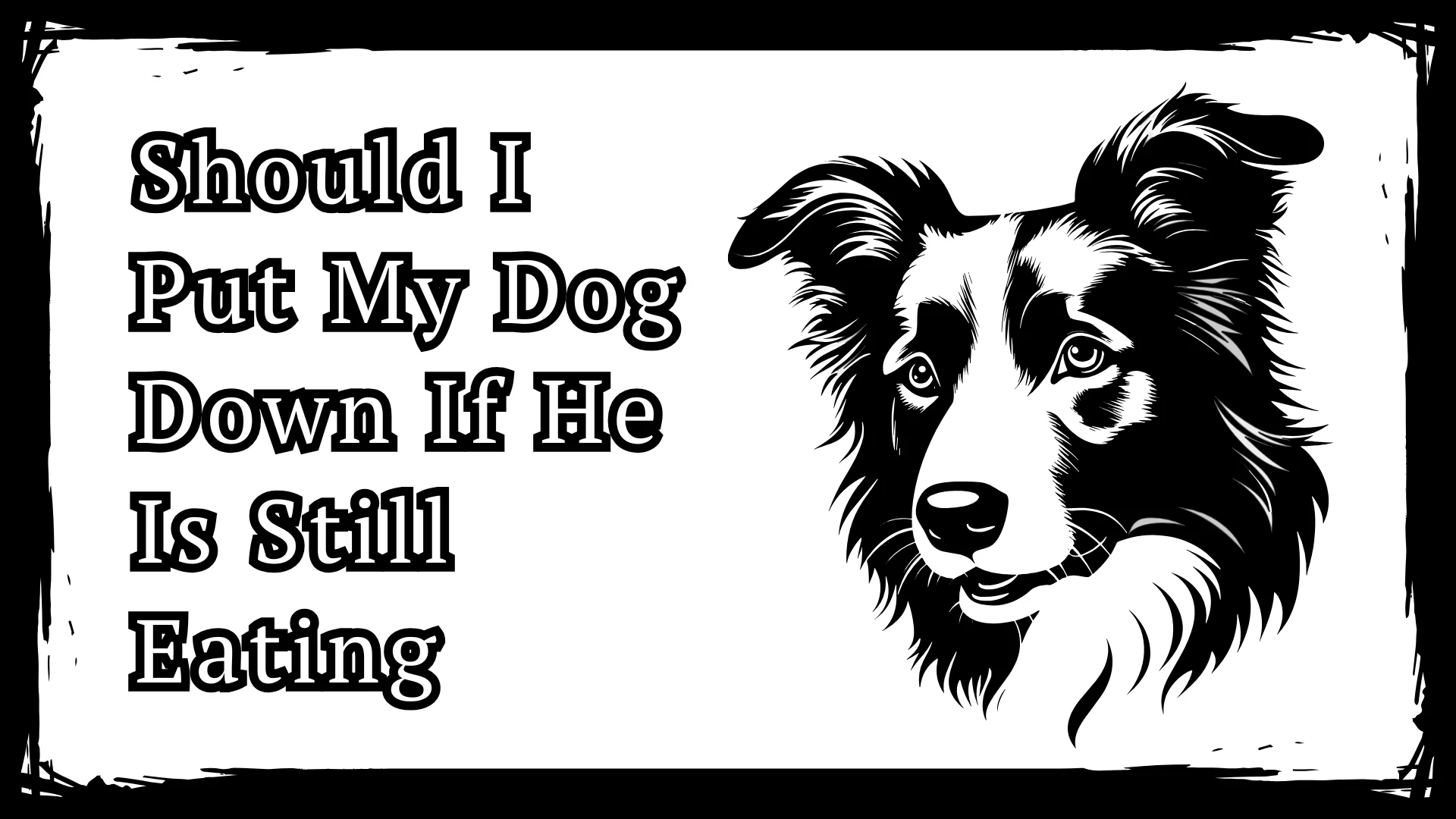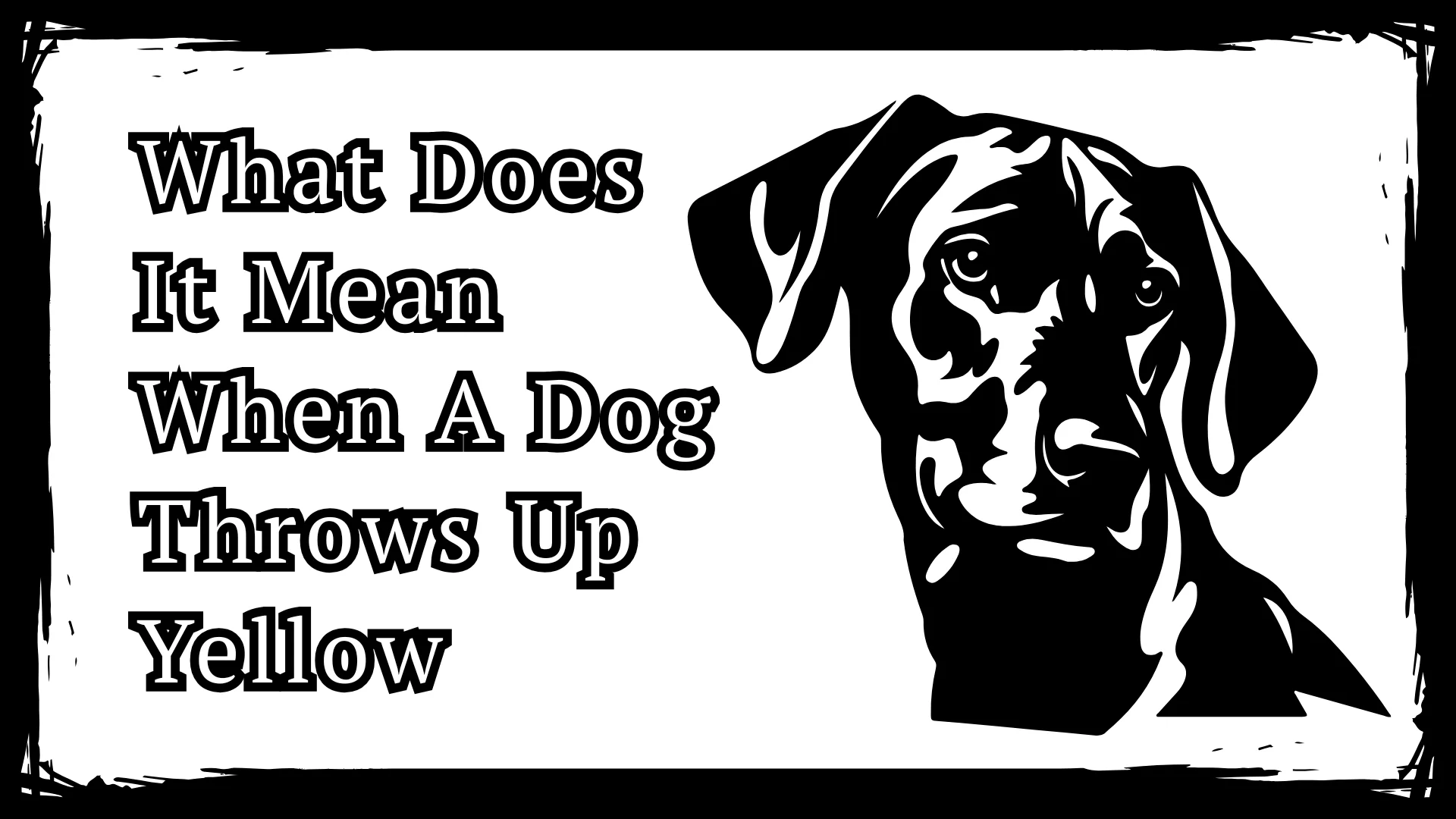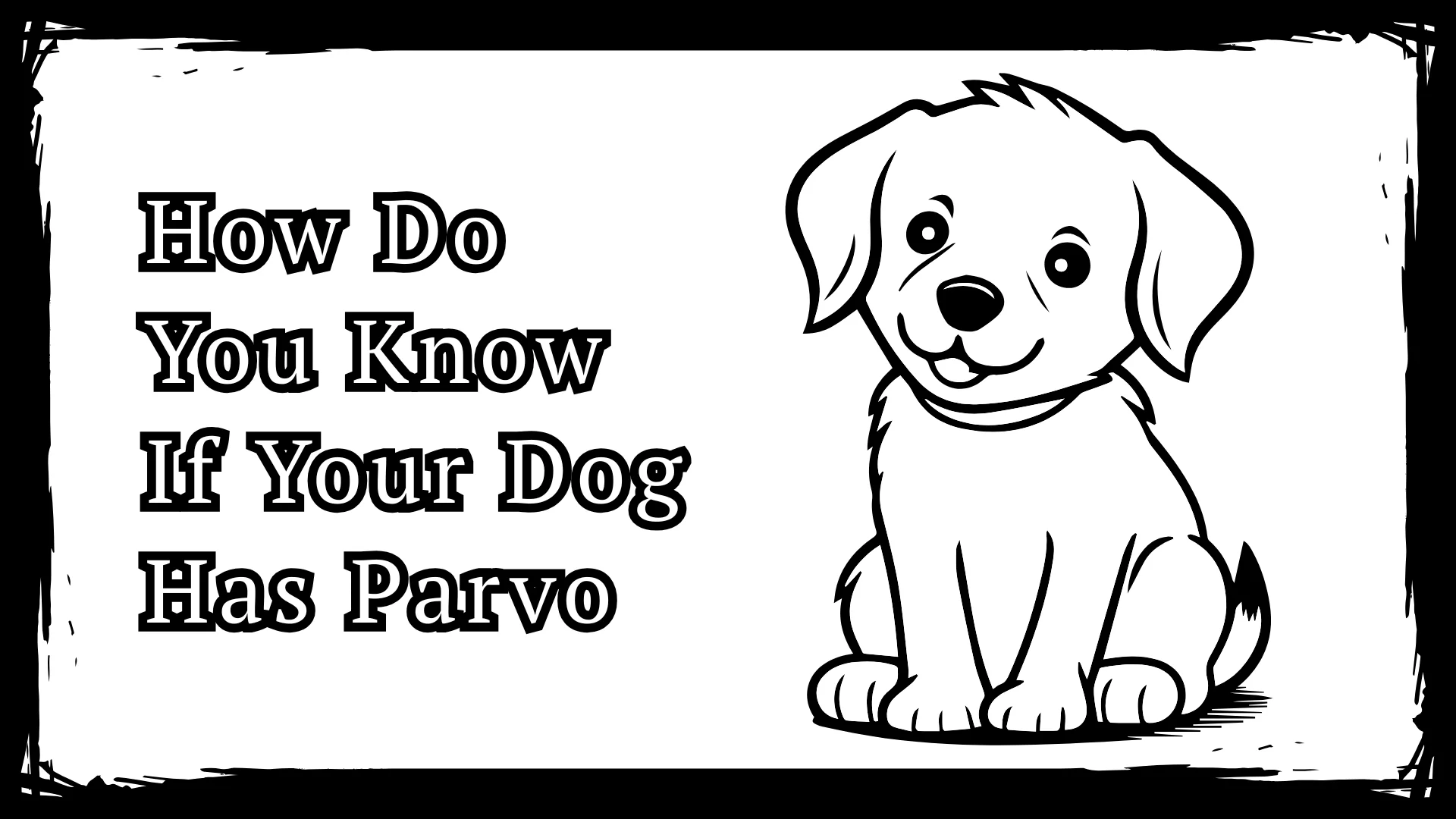Should I Put My Dog Down If He Is Still Eating – 17 Signs

Should I Put My Dog Down If He Is Still Eating? If your dog is still eating, playful, and loves affection, it may not be the right time to put him down. However, euthanasia decisions hinge on your dog’s quality of life, not eating alone. If he has trouble eating and drinking, complete refusal to eat, or suffers despite eating, it may be time to consider putting your dog to sleep.
Should I put my dog down if he is still eating? If dogs continue but suffer, euthanasia should be considered. Eating alone isn’t enough—it is time to euthanize.
This guide will help you assess your dog’s overall well-being, explore signs of suffering, and decide—compassionately and confidently—when the kindest choice might be letting go.
Evaluating Your Dog’s Quality Of Life
Evaluating your dog’s quality of life is an emotional yet essential step in understanding their physical and emotional well-being. Dogs can’t speak, but they show signs—changes in appetite, mobility, behavior, and comfort levels. Using a recognized quality of life scale helps pet parents measure areas like pain, hydration, hygiene, happiness, and mobility.
Using a Quality Of Life Scale
Using a quality of life scale for dogs helps pet owners assess their dog’s health and happiness in an honest, structured way. The scale transforms feelings into a score, making it easier to evaluate if your dog still enjoys life or if their discomfort outweighs their joy.
This scale is especially helpful when managing chronic illness, mobility loss, or decline. By using a quality of life scale, you’re giving your dog a voice—one that expresses what they can’t say. It helps ensure decisions are based on your pet’s needs, not just emotions, bringing clarity during difficult times and allowing for truly compassionate care.
How To Know When To Put Dog Down
Wondering how to know when to put a dog down is a heartbreaking, deeply personal moment every pet owner fears. However, observing signs like ongoing pain, refusal to eat, difficulty walking, or loss of joy can help provide clarity. Using a dog quality of life scale is a powerful way to assess if your dog’s daily life is still meaningful or full of suffering.
You can also use our FREE Dog Age Calculator to quickly convert your dog’s age into human years. Ever wondered how old your dog is in human years? It’s not as simple as multiplying by 7! Every dog ages differently based on size and breed. Whether your pup is small, medium, or large, this tool gives you accurate results in seconds with just 2 clicks!
When Do You Know It’s Time To Put Your Dog Down
When do you know it’s time to put your dog down? It’s a painful question, many pet owners face when their dog is in visible decline. Key signs include ongoing pain, difficulty walking, disinterest in food, or loss of joy in everyday life. If your dog no longer expresses interest, can’t get up on their own, or struggles with basic functions, it could signal the end-of-life stage.
Physical Comfort And Pain Levels
Why Some Dogs Continue Eating Despite Poor Health
Many dogs continue eating despite poor health, which can mislead owners into thinking they’re feeling fine. But eating alone doesn’t always indicate quality of life. Dogs may eat due to routine or habit, even when they’re in pain or emotionally disengaged. When poor health continues, even with appetite, the loving choice may still be to consider comfort-focused care or euthanasia. Eating isn’t the only sign of life—it’s just part of the bigger story.
Should I Put My Dog Down If He Can’t Walk
Should I put my dog down if he can’t walk? This heartbreaking question comes up when a dog loses mobility due to injury, arthritis, or age-related decline. While loss of movement doesn’t always mean it’s time, it’s crucial to assess your dog’s overall quality of life. If walking is impossible and quality of life has declined significantly, it may be time to say goodbye. Always consult your vet and observe all signs—your love will guide the decision.
Should I Put My Dog Down If His Back Legs Give Out
If your dog’s back legs give out, it doesn’t always mean it’s time to put him down. Some causes—like arthritis or injury—can be managed with treatment, therapy, or mobility aids. However, if he can no longer walk, is in constant pain, or loses quality of life despite care, euthanasia may be the kindest option. Always discuss with your veterinarian to make the best decision for your dog.
Mobility And Daily Functionality
Dog Seizures When To Put Down
Frequent or uncontrolled seizures can significantly reduce a dog’s quality of life. If your dog experiences seizures that cause pain, confusion, or injury, and medications no longer work. Repeated neurological episodes, fear, and post-seizure disorientation often signal worsening brain health.
If your dog’s seizures are frequent, distressing, and unmanageable, euthanasia may be the most humane option. Speak with your veterinarian, and trust your instincts—your dog’s comfort and dignity must come first.
Old Dog Seizures When To Put Down
When senior dogs begin to suffer from recurrent seizures, the situation becomes even more complex. Age-related issues like cognitive decline, arthritis, and reduced mobility can combine with seizures to impact overall well-being. If your old dog becomes confused, fearful, or physically debilitated after seizures, use the dog age calculator or the quality of life scale to evaluate the dog’s quality of life and age.
Also Read: How Old Is My Dog In Human Years
Dog Congestive Heart Failure When To Put Down
Congestive heart failure in dogs can lead to chronic fatigue, labored breathing, coughing, and fluid buildup, affecting daily comfort. If your dog struggles to breathe, rest, or move around, their quality of life may be declining rapidly. If your dog is constantly uncomfortable and joyless, consider euthanasia to preserve their dignity. Speak to your veterinarian and monitor signs carefully—letting go may be the most loving choice in severe cases.
Other Signs Of Declining Health
10 Signs To Put Your Dog Down
- Chronic pain that cannot be managed with medication
- Inability to walk or significant mobility issues
- Loss of appetite or refusal to eat over time
- Frequent vomiting or digestive distress
- Trouble breathing or labored respiration
- Incontinence, including accidents and the inability to control bodily functions
- Disinterest in life, play, or previously enjoyed activities
- Unresponsive to treatment or worsening condition despite care
- Confusion or cognitive decline (e.g., pacing, staring, disorientation)
- Depression or emotional withdrawal from family and surroundings
7 Signs a Dog Is Dying And What To Do
Signs a Dog May Be Dying:
- Withdrawal from family and usual activities
- Labored breathing or difficulty catching breath
- Lack of appetite and refusal to eat or drink
- Incontinence or loss of bladder/bowel control
- Confusion or disoriented behavior
- Fatigue and extreme weakness
- Unresponsiveness to voice, touch, or surroundings
What To Do:
- Use a quality of life scale to assess pain, happiness, and mobility
- Provide comfort, keep them warm, and stress-free
- Speak with your veterinarian about palliative care or humane euthanasia
- Focus on love, peace, and dignity during their final days
When Is It Time To Put Your Dog Down
Deciding when to put your dog down is deeply personal, but often necessary when suffering outweighs joy. Watch for signs like chronic pain, immobility, loss of appetite, and emotional withdrawal. When a dog can no longer experience a good quality of life, it’s time to consider euthanasia.
How Do You Know When To Put a Dog Down
You know it may be time to put a dog down when your pet consistently shows signs of pain, lethargy, disinterest, and suffering. Evaluate their daily quality of life—do they eat, play, or interact like they used to? Are they incontinent, struggling to walk, or mentally confused? The quality of life scale provides a structured way to assess these changes.
When To Talk To Your Veterinarian
When To Put a Dog Down
Consider euthanasia when your dog no longer enjoys life, can’t walk, eat, or breathe comfortably. Use a quality of life scale to assess mobility, pain, and happiness. When suffering outweighs joy, it may be time to put a dog down.
When Is It Time To Choose Euthanasia?
It may be time to choose euthanasia when your dog is in constant pain, unable to eat, drink, walk, or enjoy life despite treatment. Using a quality of life scale and talking with your veterinarian can guide you in making the most compassionate decision for your pet’s comfort and dignity.
Keeping a Dog Alive Too Long
Keeping a dog alive too long can cause unnecessary suffering. If your dog is in pain, unable to eat, drink, or enjoy life, it may be time to consider euthanasia with your veterinarian’s guidance.
Emotional Considerations
Did I Euthanize My Dog Too Soon?
Many pet owners question, “Did I euthanize my dog too soon?” This feeling is a normal part of grief. Euthanasia decisions are made out of love and to prevent suffering. If your dog was in pain, struggling to eat, walk, or enjoy life, you gave them peace and dignity.
How Can I Put My Pet Down When He’s Still Eating?
Eating alone doesn’t always mean your pet has a good quality of life. If he’s still eating but struggling with pain, mobility, or daily comfort, it may still be time to consider euthanasia. Talk with your veterinarian and use a quality of life scale to decide when to put your dog down if he is still eating.
How Do I Know When To Euthanize?
You may know it’s time to euthanize when your dog is in constant pain, cannot eat, walk, or enjoy life, and treatments no longer help. A quality of life scale and your veterinarian’s guidance can help you decide when euthanasia is the most compassionate choice.
Understanding The Euthanasia Process
What To Expect During The Euthanasia Process
Expect a calm, controlled, and loving goodbye. The vet first gives a sedative to ease anxiety, followed by the euthanasia injection. Your dog feels no pain, just a peaceful sleep.
Euthanasia And How To Say Goodbye To Your Dog
Saying goodbye to your dog is never easy, but euthanasia allows for a peaceful, pain-free sleep. Choose a quiet, familiar setting when possible. Bring favorite blankets, speak softly, and be present in their final moments.
Dog Euthanasia – Did I Do The Right Thing?
This question haunts many. But if your dog was in pain, lacked joy, or lost function, your decision likely brought them relief. Choosing euthanasia isn’t about giving up—it’s about prioritizing their well-being.
Aftercare And Reflection
Cherishing Your Dog’s Memory
Cherish your dog’s memory by celebrating the joy, companionship, and love they brought into your life. Create a scrapbook, light a candle, or plant a tree in their honor. Share stories, display favorite photos, or support a rescue in their name.
Why Shelters Euthanize
Shelters may euthanize dogs due to overcrowding, illness, aggression, or lack of adoption. While heartbreaking, it’s often a result of limited resources and difficult choices.
When To Put Your Dog Down Checklist
A checklist helps assess your dog’s quality of life with clarity. Evaluate pain, mobility, eating, drinking, happiness, breathing, hygiene, engagement, response to care, and stress levels. If several areas are consistently poor, it may be time to consider euthanasia. Use tools like a Quality of Life Scale, Dog Age Calculator, and consult your vet. The checklist isn’t to rush the decision—it’s to support a compassionate, well-informed choice.
Things I Wish I Did Before Putting My Dog Down
Many pet owners look back and wish they had done a few things before putting their dog to sleep. Common wishes include spending more quality time together, capturing photos and videos, giving favorite treats, planning a calm goodbye, and talking openly with the veterinarian about pain and comfort. Creating special last memories and ensuring your dog feels safe, loved, and at peace can make euthanasia a gentler experience for both you and your pet.
Signs Your Dog Is Dying Of Old Age
Signs your dog is dying of old age include extreme tiredness, loss of appetite, trouble walking, incontinence, breathing changes, and withdrawal from affection. These symptoms signal the body is shutting down, and it’s important to keep your dog comfortable and consult your veterinarian about end-of-life care.
Warning Signs Dog Dying Process
Warning signs your dog is entering the dying process include loss of appetite, extreme weakness, difficulty breathing, incontinence, withdrawal, and long periods of sleep. These changes show the body is shutting down, and it’s important to keep your dog comfortable and seek guidance from your veterinarian.
When To Euthanize A Dog With Cancer
Euthanizing a dog with cancer is usually considered when pain, weight loss, breathing difficulty, or loss of appetite can no longer be managed. If treatments no longer help and your dog’s quality of life declines—struggling to eat, move, or enjoy daily activities—it may be time to choose euthanasia. Always discuss options with your veterinarian to ensure a peaceful and loving decision.
FAQs
Should You Put a Dog Down That Is Still Eating?
Should you put a dog down that is still eating? Dogs may continue to eat, but if they suffer, consider their well-being—it may be time to euthanize.
How Do I Know I’m Doing The Right Thing By Putting My Dog Down?
How do I know I’m doing the right thing by putting my dog down? Consider their well-being, pain levels, and if it’s time for a peaceful goodbye.
Do Dogs Still Eat At The End Of Life?
Yes, dogs may still eat near the end of life. Some pets continue eating, but declining health may still mean it’s time to consider their quality of life.
What Are Acceptable Reasons To Euthanize a Dog?
What are acceptable reasons to euthanize a dog? When pain, loss of mobility, or poor quality of life take over, euthanasia may be the most humane choice.
How To Determine When It’s Time To Put a Dog Down?
How to determine when it’s time to put a dog down? Check the signs like pain, no mobility, or loss of joy—use a quality of life scale to decide compassionately.
Do Dogs Feel Anything When They’re Put Down?
Do dogs feel anything when they’re put down? Vets use gentle sedation to ensure pets feel no pain—just peace, comfort, and a calm, loving goodbye.
Is It Too Soon To Put My Dog Down?
Is it too soon to put my dog down? If your dog is in pain, losing joy, or struggling daily, it may be time, a peaceful goodbye with gentle sedation may be the kindest choice.
What To Do Before Putting a Dog Down?
What to do before putting a dog down? Assess their quality of life, talk to your vet, say goodbye, and ensure a peaceful, loving, and pain-free final moment for your dog.
Should I Try To Feed a Dying Dog?
Should I try to feed a dying dog? Gentle feeding may help with comfort, but if they refuse, focus on love, hydration, and a peaceful, stress-free goodbye.
Is Euthanasia Painful For Dogs?
Is euthanasia painful for dogs? No. Vets use sedation to ensure it’s gentle and painless—your dog feels peace, comfort, and love in their final moments.
Conclusion
Many dogs continue to eat, even during advanced illness or decline. But appetite alone doesn’t mean they’re free from pain or distress. If you’re thinking, “Should I put my dog down” or “Is it too soon for putting my dog down,” ask yourself: Are they eating and drinking, or just surviving? Sometimes, a dog may seem okay because they keep eating, but their quality of life is still low. If my dog fell in the middle of the spectrum, I’d use a quality of life scale to evaluate honestly.
When it’s right to put your dog to sleep isn’t just about food—it’s about joy, mobility, and comfort. If suffering outweighs good days, it may be time to euthanize. Euthanasia should be considered not because you’ve given up, but because you love them enough to let go. Putting your dog’s peace first is the hardest yet kindest choice.
You may also like

What Does It Mean When A Dog Throws Up Yellow – 9 Key Reason

Can Fleas Cause Seizures in Dogs? 3 Shocking Truth Revealed

How Do You Know If Your Dog Has Parvo? 5 Early Warning Signs

Latest Posts
- What Does It Mean When A Dog Throws Up Yellow – 9 Key Reason
- Can Fleas Cause Seizures in Dogs? 3 Shocking Truth Revealed
- How Do You Know If Your Dog Has Parvo? 5 Early Warning Signs
- How to Know if Your Dog Has Parvo? Know Early Signs of Parvo
- Should I Put My Dog Down If He Is Still Eating – 17 Signs
| M | T | W | T | F | S | S |
|---|---|---|---|---|---|---|
| 1 | 2 | 3 | 4 | 5 | 6 | 7 |
| 8 | 9 | 10 | 11 | 12 | 13 | 14 |
| 15 | 16 | 17 | 18 | 19 | 20 | 21 |
| 22 | 23 | 24 | 25 | 26 | 27 | 28 |
| 29 | 30 | |||||

Leave a Reply